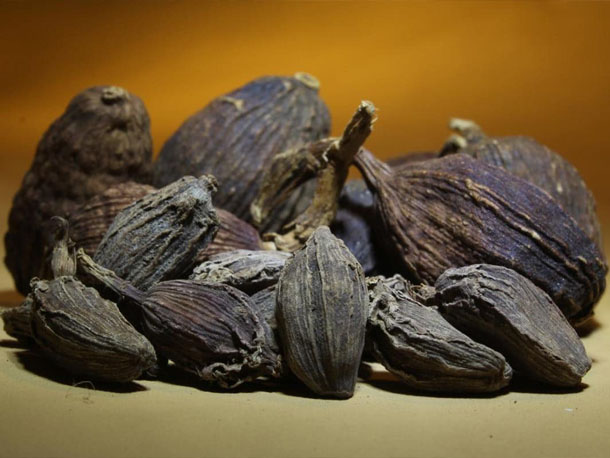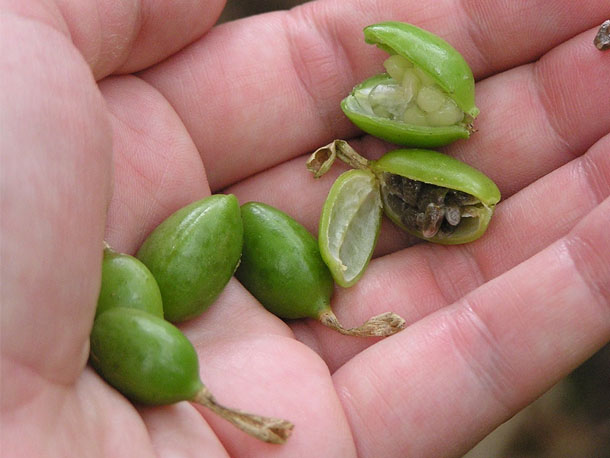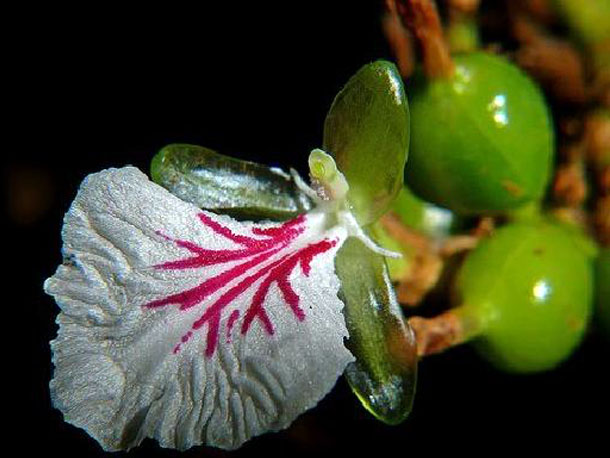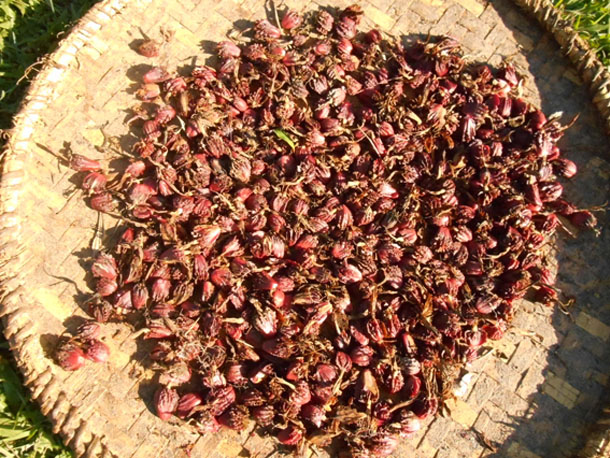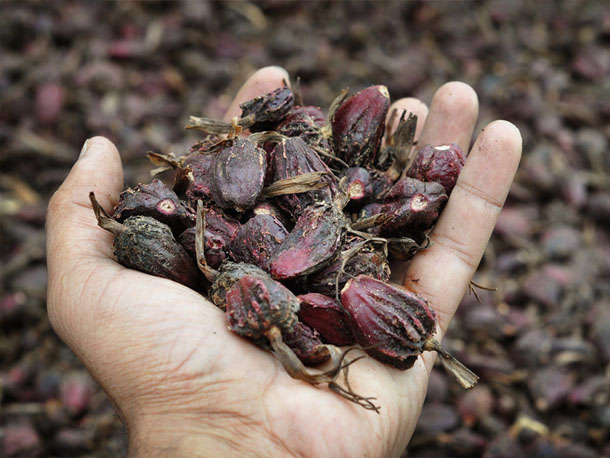Analysis: Indian cardamom prices go through the roof
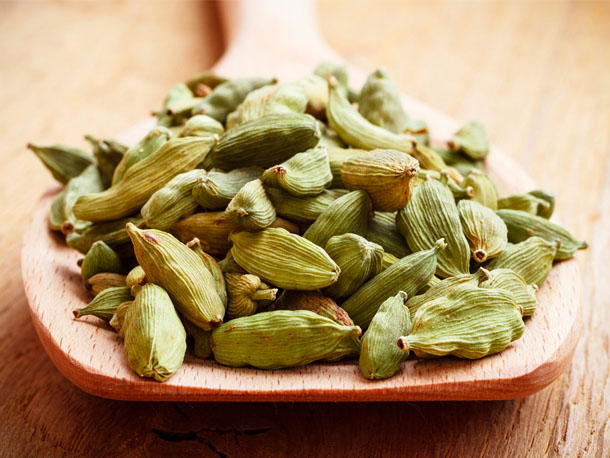
There has been a massive surge in the price of small cardamom in Indian markets of late – although the upswing has had little to do with the seasonal festival demand.
The drive in prices has been triggered by competition between local traders and exporters to cover the product; emanating from apprehensions about a possible shortage of the aromatic spice this season, following a forecast of a sharp decline in output.
The average price of small cardamom at individual auctions held in the states of Kerala and Tamil Nadu crossed the INR1,100 (USD16.50) a kilo level, even as the average of other auctions held in the past fortnight remained consistently above INR1,000 a kg, and in some cases, touched a high of INR1,500 per kg.
The only previous occasion when the auction average crossed the INR1,000 a kg mark was during the 2010/11 season, which had been another poor year for the cardamom crop. Exporters appear to be seriously worried that small cardamom production in India this year could be in the range of 13,000-15,000 tonnes, compared to last year’s output of 31,000 tonnes.
According to the general secretary of the Cardamom Planters’ Association (CPA), drought during the sowing season as well as strong winds, caused widespread damage to the crop. There have also been frequent disruptions in arrivals at Tamil Nadu auction centres, due to the ongoing dispute between that state and Karnataka over division of the waters of the River Cauvery.
Consequent to the erratic weather of late, fruit formation in the pinnacles has been sparse; and, as a result, the size of the capsules has become bolder. Total recent arrivals at the auctions have consisted of 20% of 8mm bold, 40% of 7-8mm, and the remaining 40% of capsules below 7mm. The erratic weather conditions have made planters anxious about their new season’s crop at Kerala’s Idukki district, the main centre for cardamom in India. A lack of rainfall during this season has already damaged the cardamom crop by more than 40%.
“Generally, the harvesting of cardamom is done from July onwards, as the plant requires summer showers for new offshoots to grow,” said P Subramanian, president of the Cardamom Planters’ Association (CPA).
“With there being no rainfall for four months, the plants were damaged to such an extent that new offshoots did not grow as desired. Most planters, who have no irrigation facilities, have lost nearly all their plants and offshoots.”
Financial support
The dire situation led the Spices Board to provide financial assistance to the tune of INR72 million, from the Cardamom Development Fund Trust, to more than 23,000 cardamom farmers in Kerala reeling under declining prices, high labour and rising input costs.
In Idukki, the crop loss due to deficient rainfall and high temperature is forecast to be around 20-25% and the plant loss about 5-10% during the 2016-17 season. The decision to provide financial assistance to 23,232 farmers was taken after making field observations and obtaining feedback from individual farmers.
“The withering of leaves and leaf sheaths was observed in a large number of cardamom plants,” said K Devassia of the Cardamom Growers Association. “In some cases, even tillers and panicles had completely dried in severely affected plantations. All this contributed towards adversely affecting the flow of the crop into the auction centres.”
In the face of decreasing arrivals of all varieties of cardamom, upcountry dealers have been actively covering, while exporters have begun exercising caution, following the steep rise in the prices, according to trade sources in Bodinayakannur. Exporters have been relatively inactive due to the higher prices and non-availability of capsules with the required specifications.
Cardamom farmers in India have the option to sell their produce either through auctions or directly to traders. The Spices Board introduced the e-auction system in 2007, with two authorised e-auction centres in Puttady, Idukki district in Kerala, and Bodinayakannur, Theni district in Tamil Nadu.
Quality
The factors that determine the quality, and in turn the price of the produce, are the mass per litre, colour and appearance. Litre weight, i.e. the weight of cardamom per litre volume, if equivalent or more than 400g, is considered to be of fine quality; this will fetch a good price. Anything below 350g is considered poor quality. This may happen due to fewer number of seeds or pre-mature plucking. Dark green cardamom is considered the best. More shade in the farm and lesser exposure of the plants to sunlight will result in dull colours. ‘Thrips’, or dotted spots on the cardamom, or broken or split pods are considered to be of inferior quality.
Cardamom is not a perennial crop, and the life cycle of the plant is 12 to 15 years. February to May is the lean season, during which initial preparation, manuring and other setting-up processes are carried out. Summer showers are all-important at this time as they aid in flowering and conversion of flowers into fruits.
This is followed by the onset of the south-west monsoon in June, which helps in the process of flowering and fruit setting all through the season. A 40 to 50-day period is allowed between flowering, fruit setting and fruit ripening for picking. If the south-west monsoon is good, about six rounds of picking can happen through the season for every 40-50 days, spanning July to January.
“The second round of picking is currently under way, and might end by mid-November,” said P C Punnoose, general manager of the Cardamom Processing & Marketing Company (CPMC). “The third round will commence by the start of December, and should last till the end of the month. With this, the main harvesting exercise is likely to end, given the past and prevailing weather conditions.”
Illegal imports
If prices have not gone up even more, considering the expectations of a 50% output this year, it is because the Indian cardamom market was inundated during the second quarter (July to September) of fiscal 2016-17 by illegal cardamom from Guatemala. This product, of inferior quality to its Indian counterpart, and procured at low prices, was being mixed with the local variety of small cardamom.
India imposes an import duty of 73% on cardamom, and also insists on a minimum import price of INR500 per kg. It was therefore obvious that the cardamom from Guatemala, the world’s largest producer of the spice, was entering the country through the illegal route. It had begun to have an adverse impact on Indian growers, who had already been affected by the fall in output.
Still earlier in the year, towards the end of the first quarter (April to June) of the ongoing financial year, the prospects of Indian cardamom exports to the EU and Arabian Gulf countries suffered a setback with the detection by the destination countries of artificial colours being added to the product at origin.
Colouring
Artificial green colouring was being added to the cardamom before moving it to the dryer units. Farmers apparently resorted to this practice to obtain higher values in the market, since the prices of cardamom are decided by colour, shape and smell. Some export consignments from Kerala also contained high pesticide residues.
Joy Varghese, a farmer at Kattappana, said that he knew nothing about the addition of artificial colour to cardamom, but felt it was likely that a few small-scale farmers had resorted to it, thereby damaging the market and the reputation of Indian cardamom.
The Spices Board of India took immediate action by issuing a note to the pooling centres to maintain a strict vigil on artificial colours as these would have a negative impact on the country’s export prospects as well as its domestic market.
“Indian cardamom is known for its superior quality in the international market, in comparison with the product of its main competitor, Guatemala, where the cost of production is much lower,” said Spices Board chairman A Jayathilak.
“Cardamom gets its natural green colour through a scientific mode of cultivation and timely harvesting. Adding artificial colour could ruin the reputation of Indian cardamom. If this practice persists, it could result in a ban on Indian cardamom and its value-added products. We have launched a campaign in the Cardamom Hill Reserve (CHR) area to discourage farmers from adding artificial colour to the product.”

